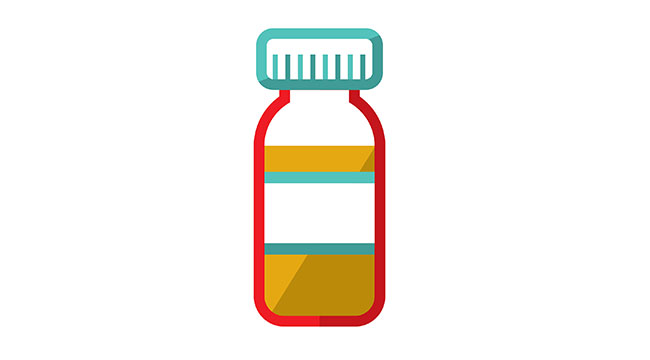Updated resources for transfusion professionals: hemostatic disorders and hereditary angioedema

Newly updated, trusted resources
Two chapters in Canadian Blood Services’ Clinical Guide to Transfusion were recently updated to provide health-care providers with the latest guidance on treating patients with hemostatic disorders, like hemophilia, and hereditary angioedema, a disorder that causes severe swelling in different parts of the body.
For all of these disorders, treatment may involve transfusion. Hemostatic disorders include a range of diagnoses that are characterized by problems in the body’s normal responses to bleeding (the term “haemostasis” is derived from the Greek words ‘haemo’, meaning blood, and ‘stasis’, meaning unchanging or motionless); transfusion replaces missing blood clotting factors so blood can clot normally. With hereditary angioedema, swelling is caused by imbalances or abnormalities in certain proteins that would typically control the amount of fluid around cells; transfusion of products known as clotting factor concentrates can help rebalance these protein levels.
Chapter 5 in the Clinical Guide to Transfusion provides details on available therapies for hemostatic disorders and hereditary angioedema in Canada, and its companion chapter, chapter 17, provides guidance on management and treatment of patients with these disorders. Both chapter updates, available on Canadian Blood Services’ professional education website, were completed by a team of experts led by Dr. Man-Chiu Poon, emeritus professor of medicine, pediatrics and oncology at the University of Calgary, Cumming School of Medicine.

Dr. Man-Chiu Poon, emeritus professor of medicine, pediatrics and oncology at the University of Calgary, Cumming School of Medicine.
Practical guidance for health-care professionals
Dr. Gwen Clarke, associate medical director of laboratory services at Canadian Blood Services and co-editor of the Clinical Guide to Transfusion, says these chapters are valuable for health- care trainees and professionals from fields who may not be familiar with the details of treatments for these disorders. “The information is presented in a concise and practical way,” says Clarke. “These chapters are a practical summary of current knowledge related to treating these complex inherited and acquired factor deficiencies, with available products and alternatives presented in an easy-to-read format.”
Clarke adds that while consultation with a bleeding disorders clinic is always recommended, the chapters’ tables of products and examples of dose calculation offer valuable information to transfusion medicine and clinical staff.
The professional education website
Canadian Blood Services’ professional education website is a trusted resource hub for health-care professionals. One of its most popular resources is the Clinical Guide to Transfusion, a collection of chapters that provide a practical summary of current knowledge in transfusion medicine practices in Canada.
Canadian Blood Services – Driving world-class innovation
Through discovery, development and applied research, Canadian Blood Services drives world-class innovation in blood transfusion, cellular therapy and transplantation—bringing clarity and insight to an increasingly complex healthcare future. Our dedicated research team and extended network of partners engage in exploratory and applied research to create new knowledge, inform and enhance best practices, contribute to the development of new services and technologies, and build capacity through training and collaboration. Find out more about our research impact.
The opinions reflected in this post are those of the author and do not necessarily reflect the opinions of Canadian Blood Services nor do they reflect the views of Health Canada or any other funding agency.